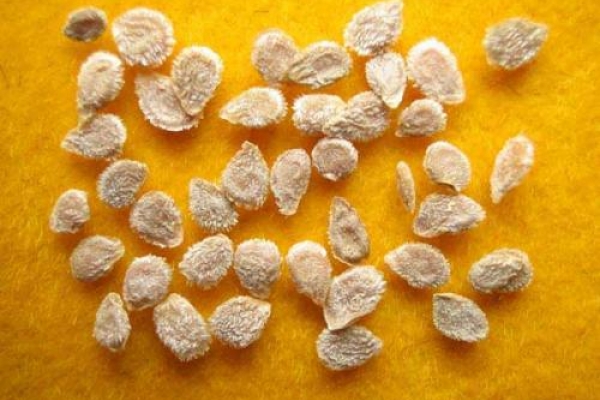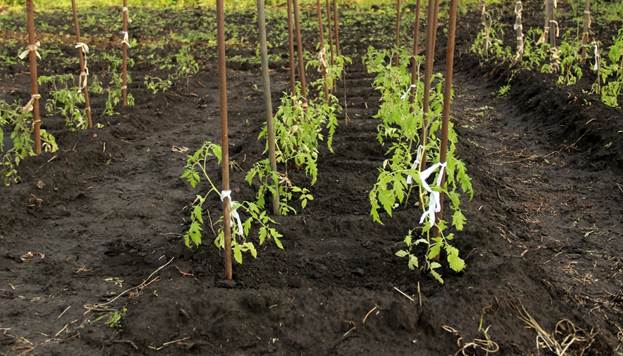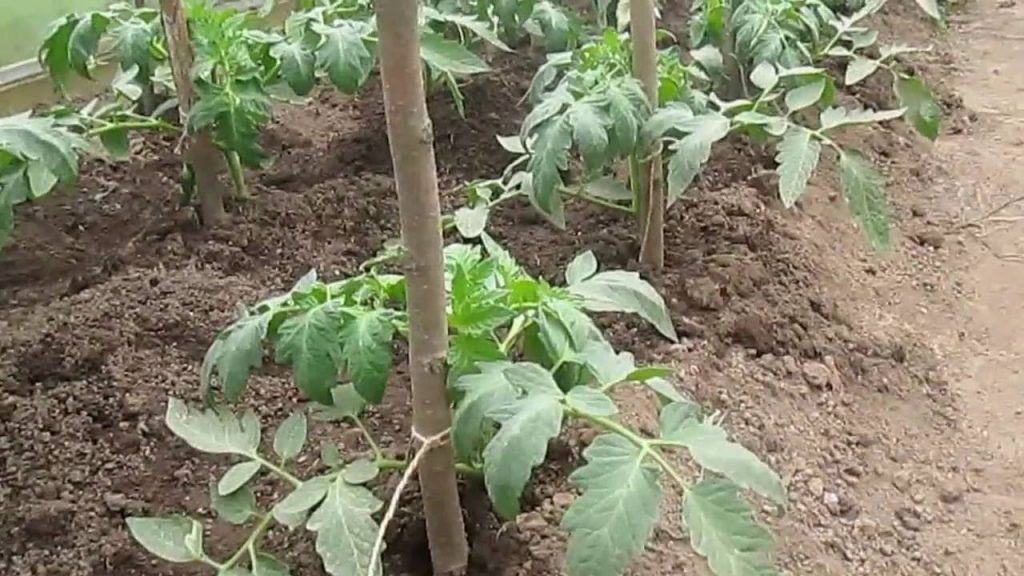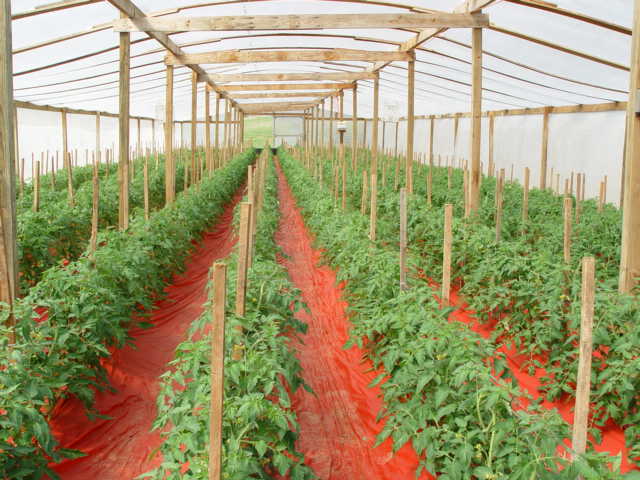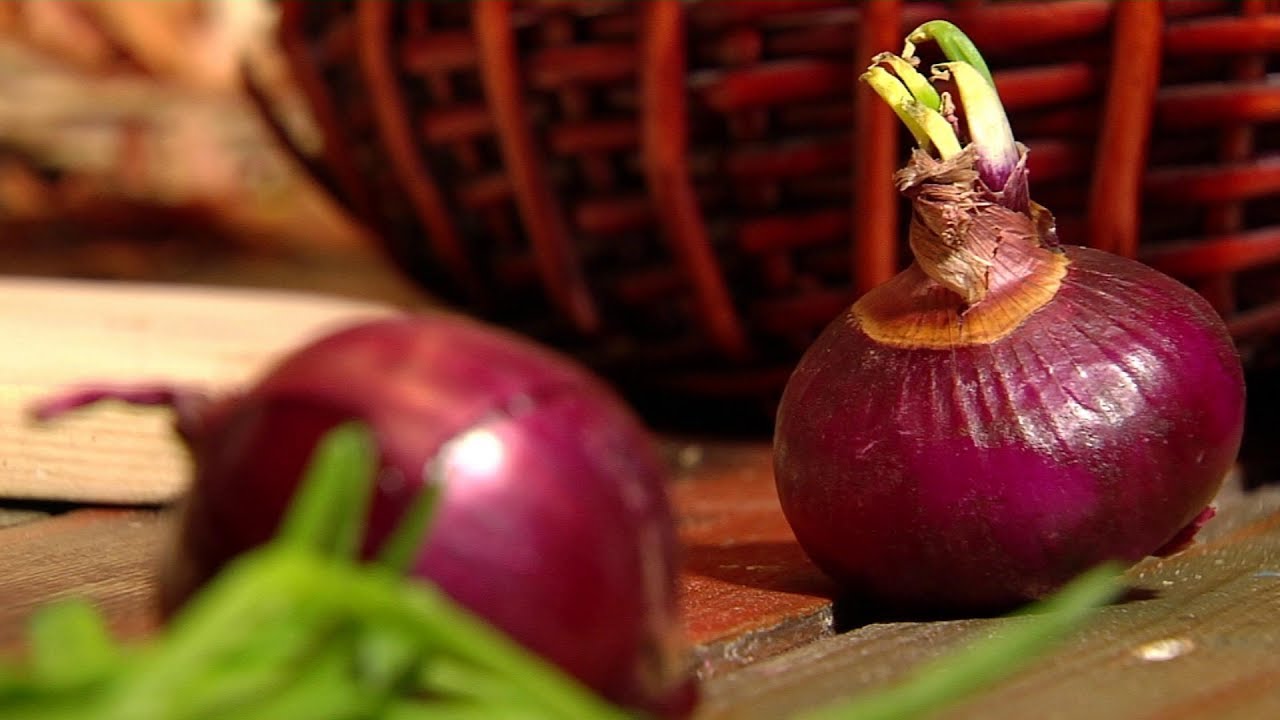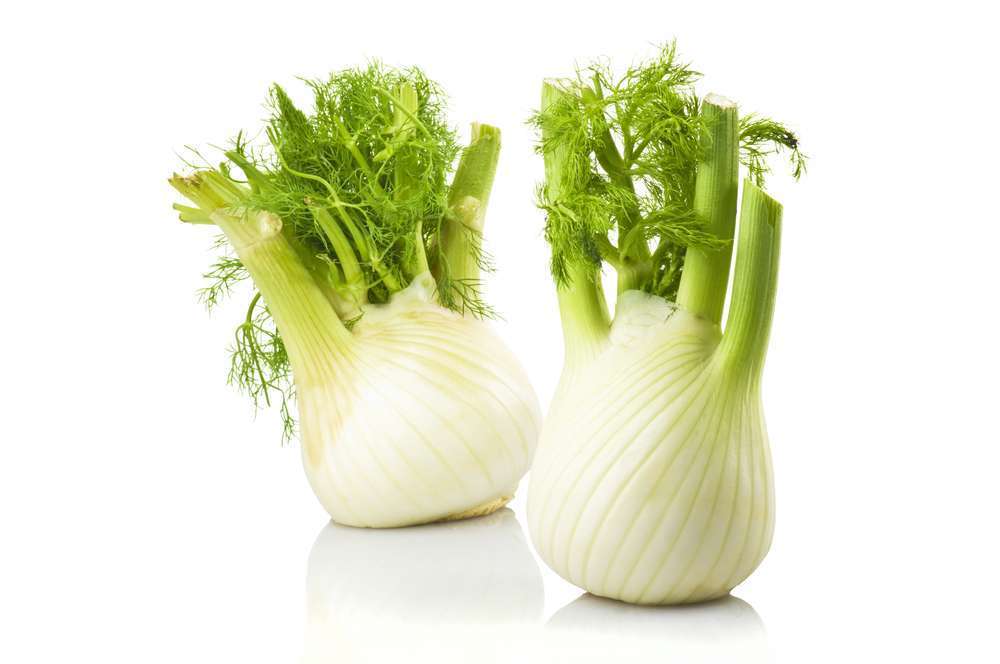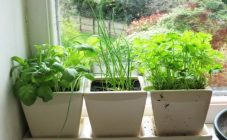Content:
Tomatoes have been known all over the world since the Middle Ages. Initially, these representatives of the Solanaceae were considered ornamental plants, since the lack of knowledge about the correct ripening of fruits often led to poisoning. However, over time, scientists discovered the ability of tomatoes to ripen after harvesting from a bush. Thanks to this discovery, the cultivation of tomatoes at their summer cottage has become popular. Currently, it is impossible to imagine a vegetable garden without a greenhouse or a garden with tomatoes.
Growing tomatoes has its own characteristics, depending on the region. In southern Russia, climatic conditions make it possible to grow crops in the open field. In the Moscow region and the Central region, and even more so in the northern regions, a good harvest can be obtained only in greenhouse conditions. In addition, it is imperative to pre-grow seedlings.
Outdoor tomatoes
Tomatoes are very thermophilic plants, so you need to be very careful about growing them in the open field and create the most favorable conditions. Preparatory work begins with the choice of planting material.
Which variety is right
Bushes of any height can be planted on the garden bed, they all take root in about the same way. The cultivation secrets are also the same due to the size of the plants. Technologies differ a little, since tall tomatoes most often need support and a garter.
There are more than 70 varieties of ground tomatoes, including Cherry tomatoes, which are quite exotic for Russia. All of them are divided into early, middle and late. Since a cold climate prevails in most of the country, early and mid-season varieties are considered the most suitable, for example, Lakomka, Atlasny, President and others.
Seedling
For open ground, it is necessary to grow seedlings, since it is impossible to grow tomatoes from seeds in the Russian climate, the air temperature at the time of seed germination is too low.
Seeds are sown at home in mid-April. Pre-sowing material can be treated with a manganese solution or a solution of copper sulfate for disinfection, or the seeds can be soaked in a growth accelerator. Additionally, seeds can be warmed up to increase drought resistance. To do this, the seeds are put in a bag made of natural fabric and put on a battery for 30-40 days. If there are frequent frosts or strong temperature fluctuations in the region, then hardening can be done for 1 week before sowing. To do this, the seeds are put in a cloth bag dipped in water and put into the refrigerator for half a day. Then the bag is taken out and left for 3-4 hours at a temperature of + 20˚C.
The quality of the future harvest largely depends on the grown seedlings. The shoots should be strong, thick and strong. To do this, you need to organize timely watering and feeding, create a favorable temperature regime, and, if necessary, supplementary lighting with phytolamps. When the first two true leaves appear, the tomatoes need to be fed with nitrogen. It is this component that influences the development of green mass. About 20 days after planting, potassium and phosphorus need to be added, since after picking the seedlings need a lot of energy and strength to successfully root in a new place.
This week, you can start hardening the seedlings, since outdoor conditions are very different from home conditions with unstable temperatures, precipitation and gusts of wind. First, the seedlings are taken out to the balcony, if above zero temperatures have already been established at night, then you can leave the seedlings there around the clock. 2-3 days before being transferred to the open ground, the seedlings can be taken outside either for 5-7 hours, or around the clock (if the night temperature allows).
Landing in the ground
The transfer of seedlings to the garden bed can be done when the soil is prepared. First of all, you need to determine the landing site. According to the rules of crop rotation, the best predecessor for tomatoes are legumes, cucumbers, radishes, cabbage. Any species of Solanaceae are prohibited, as they provoke the appearance of fungal infections and take the same nutrients from the soil. In addition, the landing site should be on a sunny, windless side. After the location is determined, it is necessary to prepare the soil. In autumn, the soil is dug up and manure or compost is introduced (application rate - 6 kg / m2). In the spring, just before planting, the soil is fertilized with superphosphate and potassium sulfate.
For planting, 2 methods are most often used:
- Chess. On the bed, 2 furrows are marked with a row spacing of up to 1.4 m. Seedlings are placed in the furrows in a checkerboard pattern, the distance between the holes in one furrow is 0.6 m. 2 bushes are planted in one hole to facilitate the garter;
- Parallel. Furrows are marked similarly to the previous method. The holes are arranged in rows parallel to each other, the distance between them in one furrow is 0.3 m. There is 1 seedling per hole.
Planting work is recommended to be carried out in the evening hours, when solar activity is reduced. 1 day before placing the seedlings, the planting holes are abundantly watered with settled warm water. If these conditions are met, the seedlings do not experience much stress from transferring to an open area and during the next 15 days only need timely, moderate watering.
Tying
It is worth considering in advance the method of tying, since it is difficult to grow tomatoes without additional support. When the fruits begin to actively fill and gain weight, the branches often break without additional support.
Pegs or trellises are suitable for tying.
Support on pegs
As a support, you need to take pegs, from half a meter to a meter long. They are placed 10 cm from the seedling. The garter is made when the tomato has 6 true leaves. As the bush grows, the garters are repeated. In total, 3 garters are made per season. A trunk is tied to a support under the branches with fruits. This method allows the tomatoes to receive more light and warmth. This increases the yield. In addition, branches and fruits practically do not touch each other, and this is a preventive measure against fungus.
Trellis
This method is most relevant for tall bushes with spreading branches. On the garden bed, supports are driven in a row, 1.5 m high.The more often the supports are located, the stronger the frame is. On the support, nails are driven in every 0.25 m. Horizontal rulers of twine or wire are wound on them. As the tomato grows, they are tied to the appropriate level. This method greatly facilitates harvesting and protects the bushes from fungal diseases.
Care
Caring for tomatoes in the open field includes several basic steps, the observance of which helps to avoid diseases and get a rich harvest.
Stepping
Caring for tomatoes, first of all, means the formation of a bush. Dwarf shrubs are grazed by removing the lower leaves. This is necessary to remove excess crown density and improve air exchange. All leaves below the first fruit branch are subject to removal. Formation is carried out 1 time in 2 weeks, removing 3 sheets. The pinching procedure allows you to significantly accelerate the ripening of the crop.
In tall tomatoes, the formation of a bush consists in the removal of leaves and stepsons. It is necessary to remove stepsons when they reach a size of 5 cm.At the time of ripening, there should be no stepsons on the bushes. In August, a month before the mass harvest, the top of the main stem must be pinched so that the bush stops growing, and all the strength goes to ripening the fruits.
Top dressing
In the first 2 weeks, the seedlings have enough nutrition received from the fertilizers laid in the planting holes. Further, it is necessary to fertilize the bushes in the open field every 1.5 weeks, since it is impossible to properly grow tomatoes without introducing nutrients. Bushes and fruits require a lot of substances for active growth and development. The first feeding is a solution of mullein (1 kg per 10 l of water) or chicken manure (1 kg per 20 l of water), since organic matter is not only rich in nutrients, but also heats the roots of plants well. Further, the plants need mineral fertilizing. A solution of nitrophoska (60 g per 10 liters of water) is applied under the bush in a volume of 1 liter before flowering, 3 liters after flowering and the entire fruiting period.
Natural feeding gives good results:
- Nettle broth enriches the soil with potassium, manganese and calcium;
- The ash solution not only saturates the earth with potassium and phosphorus, but also protects against pests and diseases;
- Yeast infusions on water or on the basis of herbal decoctions accumulate a large amount of nitrogen in the soil, which is why plant growth is significantly accelerated.
Mulching
This is a very useful step in tomato care. The mulching layer is a protective barrier against weeds, an additional source of nutrients, a layer that retains moisture. In the presence of mulch, a crust does not form on the surface of the earth, and roots are not exposed. Peat, straw, green manure and even sawdust are suitable as mulch. Layer thickness - 5 cm.
Watering
It is impossible to grow quality tomatoes without abundant watering. The ideal watering interval is 1.5 weeks. In dry summers, the frequency is reduced to 1 time in 3 days. The procedure is carried out in the evening. Only warm settled water is suitable for watering, which must be poured strictly under the root. After watering, the soil needs to be loosened so that the water can penetrate deeper, and the roots have access to oxygen. It is not worth pouring the bushes, since the fruits become watery from excess moisture and lose their taste. In addition, waterlogged soil is a favorable environment for the spread of fungal spores.
Diseases and pests
Ground tomatoes are considered the most vulnerable to disease and pests. With proper care of tomatoes, most diseases can be avoided.
Step-by-step instructions for prevention:
- When choosing a variety, you should pay attention to the presence of immunity against diseases;
- Strict adherence to crop rotation;
- Exclusion of neighborhood with Solanaceae;
- Infected bushes do not need to be treated, they must be removed and destroyed immediately, and then healthy plants must be processed;
- Watering should be accurate, you cannot wet the ground part of the tomato;
- When the temperature drops, watering should be temporarily stopped.
In the fight against diseases and pests, both folk methods and chemicals do well. Most often, tomatoes are subject to late blight. Spores are carried by wind and water droplets. As a result of the development of the fungus, black spots form on the trunk, fruits and leaves, and then whole parts of the plant dry out. Spraying with kefir solution is an effective and safe remedy against the fungus. Milk bacteria kill fungal spores. In addition, such treatment can be carried out at any stage of growth without risk to human health. The frequency of processing is once every 1.5 weeks. If this method does not help, it is worth resorting to chemical spraying. Fitosporin is an effective remedy against fungus. It should be used strictly according to the instructions on the package.
Diseases can be prevented by timely inspection of all parts of the plant. Leaves, fruits and stems should be inspected on a regular basis.When the first symptoms are found, it is necessary to remove the suspicious elements and start processing immediately.
How to improve growth
In some cases, if the basic growing techniques are followed, tomatoes do not give a good harvest. Additional measures to stimulate growth can be applied:
- Spraying with boric acid. Boron helps the formation of ovaries and new growth points. In addition, it makes the fruits more sugar and fleshy. Spraying with boron is done 1 time during the flowering period. Consumption rate - 10 g per 10 liters of water;
- Foliar dressing promotes the rapid penetration of nutrients into the tissues. If you alternate them with root dressings, then the yield will increase significantly. Suitable fertilizers: iodine solution (20 drops per 10 liters of water), urea (1 tsp per 10 liters of water), calcium and potassium nitrate (1 tsp per 10 liters of water).
Growing tomatoes in the open field has its own characteristics. However, adherence to the basic techniques allows you to get a rich harvest without much effort. It is only empirically that it can be verified whether open cultivation is suitable for specific climatic conditions.

